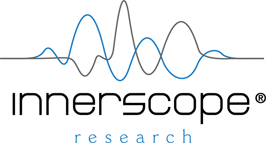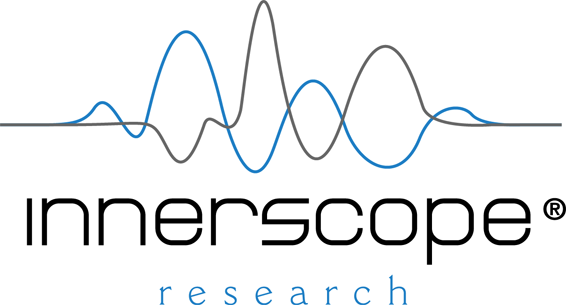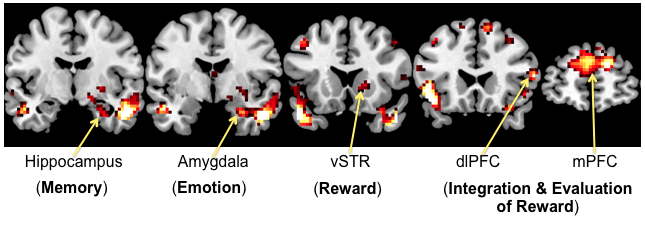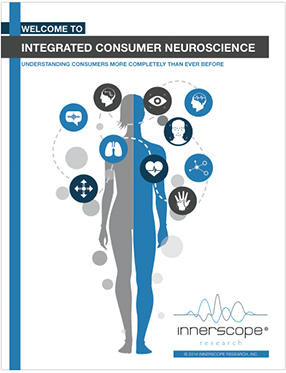We know that the best video ads activate viewers’ emotions, and that the best of those make a clear connection between those emotions and the brand. This has been revealed over and over again in the more than 2,000 video ads Innerscope has studied over the years.
But what does modern neuroscience tell us about what’s happening in the brain when viewers view the best of the best videos? Are these emotional connections simultaneously activating areas of the brain that are associated with memory and decision making? The short answer is, Yes. And it’s a clear lesson for marketers who want to make sure that their creative will resonate and push consumers to take action - before the ad ever sees the light of day.
Innerscope Research was able to establish this connection earlier this year in a study with the Time Warner Media Lab and Temple University Fox Business School. We took Super Bowl ads that performed well on an emotional level, and those that didn’t perform using our validated biometric engagement measure and looked at how those same ads performed using fMRI technology. We found, very clearly in fact, that those with the highest emotional engagement as measured by biometrics elicited increased activity in key areas of the brain for marketers. Those, however, that didn’t perform well with biometric measures elicited far less brain activity. In the chart below, you can see just how these ads activated key areas of the brain, including the amygdala (emotional relevance), superior temporal gyrus (sensory integration), hippocampus (memory formation) and lateral prefrontal cortex (decision making).
What does this mean for marketers? The results show that while there will always be an art to great creative in advertising, there’s also science to understanding how well that creative will perform on an emotional level. Integrated consumer neuroscience tools can reveal the precise levels of emotional engagement to early and late state ad creative, providing marketers with the insight necessary to make ads that break through the clutter and engage target audiences across the rapidly evolving media landscape.



